J Electromyogr Kinesiol. 2012 Feb;22(1):21-30. doi: 10.1016/j.jelekin.2011.09.009. Epub 2011 Oct
Resistive vibration exercise during bed-rest reduces motor control changes in the lumbo-pelvic musculature.
Belavý DL, Wilson SJ, Armbrecht G, Rittweger J, Felsenberg D, Richardson CA.
Source: Charité Universitätsmedzin Berlin, Zentrum für Muskel- und Knochenforschung, Hindenburgdamm 30, 12200 Berlin, Germany. belavy@gmail.com
Abstract
Purpose: To understand the effects of a resistive vibration exercise (RVE) countermeasure on changes in lumbo-pelvic muscle motor control during prolonged bed-rest, 20 male subjects took part in the Berlin Bed-Rest Study (in 2003-2005) and were randomised to a RVE group or an inactive control group.
Method: Surface electromyographic signals recorded from five superficial lumbo-pelvic muscles during a repetitive knee movement task. The task, which required stabilisation of the lumbo-pelvic region, was performed at multiple movement speeds and at multiple time points during and after bed-rest.
Results: After excluding effects that could be attributed to increases in subcutaneous fat changes and improvements in movement skill, we found that the RVE intervention ameliorated the generalised increases in activity ratios between movement speeds (p⩽0.012), reductions in lumbo-pelvic extensor and flexor co-contraction (p=0.058) and increases in root-mean-square electromyographic amplitude (p=0.001) of the lumbar erector spinae muscles. Effects of RVE on preventing increases in amplitude-modulation (p=0.23) of the lumbar erector spinae muscles were not significant. Few significant changes in activation-timing were seen.
Conclusion: The RVE intervention during bed-rest, with indirect loading of the spine during exercise, was capable of reducing some, but not all, motor control changes in the lumbo-pelvic musculature during and after bed-rest.
Copyright © 2011 Elsevier Ltd. All rights reserved.
PMID: 22018458
Study Introduction:
Bed-rest represents a unique model of extreme musculoskeletal disuse, particularly of the lower quadrant (Booth and Gollnick,1983). The methodology of prolonged bed-rest was originally developed to act as a simulation of the effects of spaceflight on the human body (Nicogossian and Dietlein, 1982).
An additional aim of space agencies in implementing bed-rest studies is to better understand the effect of ‘‘inactivity’’ on the human body and in so doing aiming to improve our management of illness on Earth. Specifically in the musculature, the muscle groups most affected by bed-rest are those involved in upright posture and locomotion, such as the triceps surae, vasti and lumbar spine extensors (Belavy´ et al., 2011, 2009b).
In recent works, we have attempted to gain a better understanding of the effects of bed-rest on motor control at the lumbo-pelvic region (Belavy´ et al., 2010, 2007a,b). Some of the findings have included development of generalized over activity in the superficial lumbo-pelvic muscles, more phasic activation of the lumbar erector spinae and shift to higher median activation frequencies in this same muscle.
However, aside from gaining a better understanding of the effects of bed-rest on the human body, another goal of bed-rest studies is the development of countermeasures against the changes seen in spaceflight simulation. This information will help not only in the development of (exercise) programs for preventing musculoskeletal deterioration in spaceflight, but may also better insight into treatment regimes on Earth for deconditioned patients.
In the Berlin Bed-Rest Study (Armbrecht et al., 2010; Rittweger et al., 2006), a high-load resistive exercise program with whole-body vibration (RVE) was implemented. This exercise program was targeted predominately at the bones (Armbrecht et al., 2010; Rittweger et al., 2010) and muscles (Belavy´ et al., 2009c; Blottner et al., 2006; Mulder et al., 2006) of the lower limbs. Nonetheless, indirect loading of the lumbar spine occurred via shoulder straps. Magnetic resonance imaging investigations in these same subjects showed that the RVE subjects exhibited less atrophy of the short lumbar spine extensor muscles than in the control subjects (Belavy´ et al., 2008). Hence, we hypothesized that the RVE countermeasure would ameliorate the extent of motor control changes, as measured by electromyography, seen in the lumbo-pelvic muscles of the inactive control subjects.

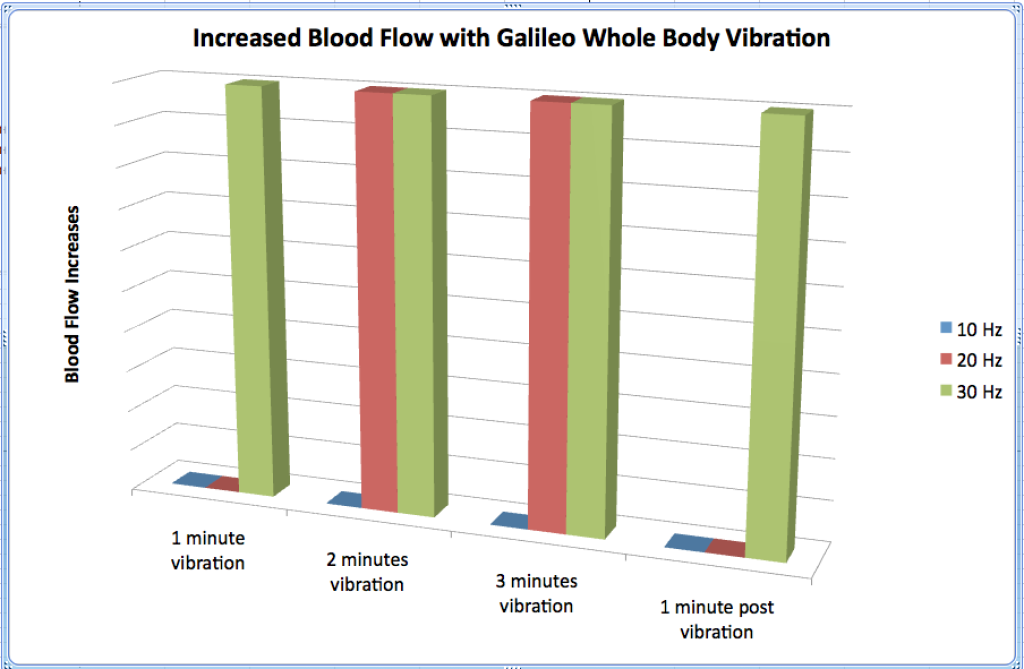
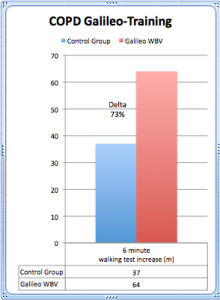
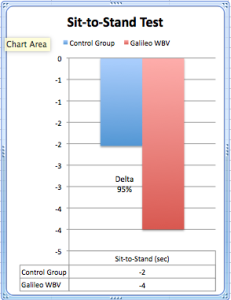
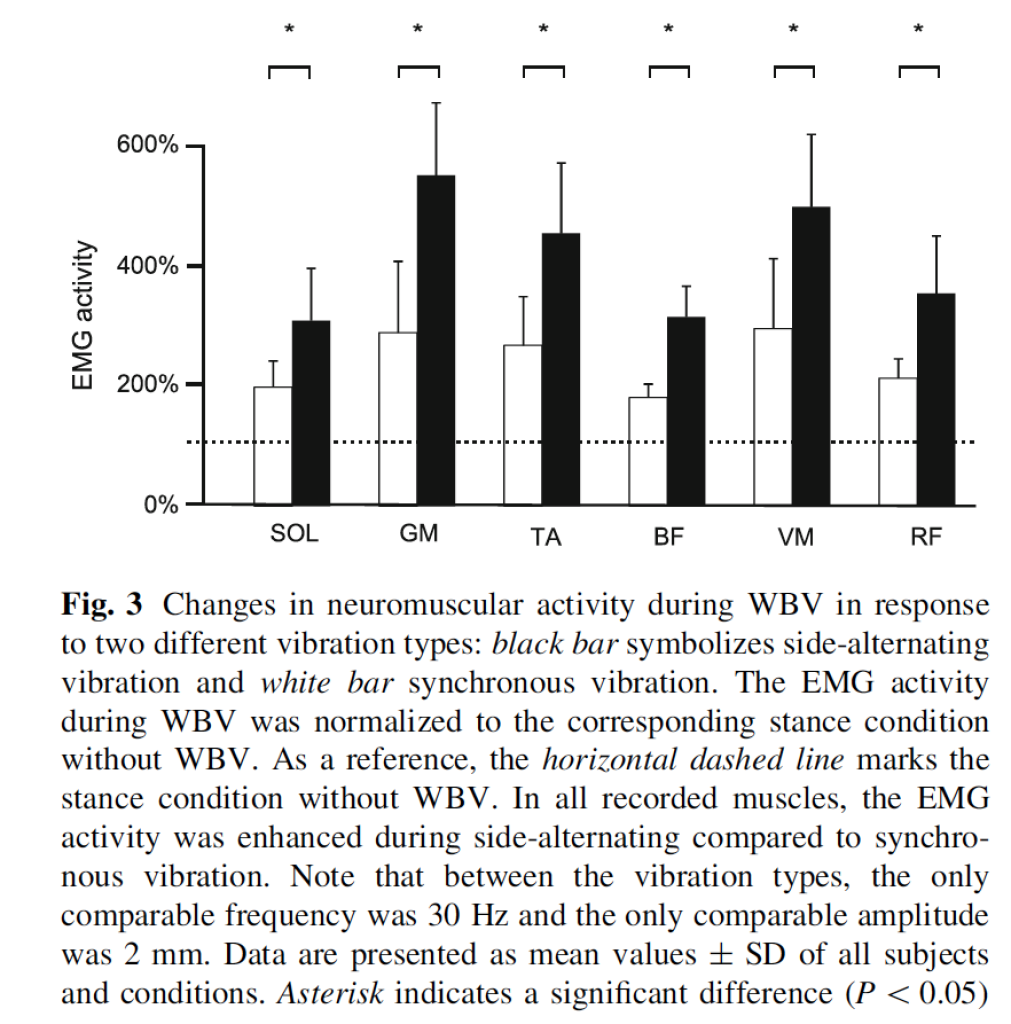
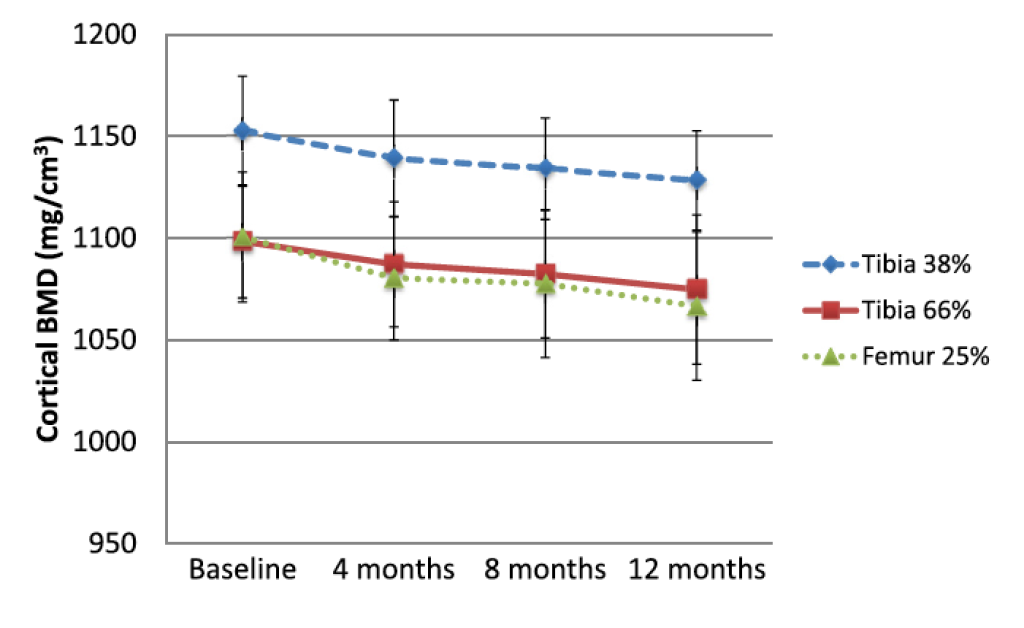
 Compared with baseline measurements, the 10-m walk test showed significant improvements in 2, 8 and 10 m times at 8 week and 2 week post-vibration. Timed up-and-go demonstrated a significant and positive time effect. Standing balance showed significant improvements from baseline, at 4- and 2-weeks post-vibration
Compared with baseline measurements, the 10-m walk test showed significant improvements in 2, 8 and 10 m times at 8 week and 2 week post-vibration. Timed up-and-go demonstrated a significant and positive time effect. Standing balance showed significant improvements from baseline, at 4- and 2-weeks post-vibration